Each number grid is not only a useful tool for learning, but it can also be tailored to meet specific educational goals. If you're working with a conventional number grid, with numbers ranging from 1 to 100, you have a wide range of opportunities to explore various mathematical concepts.
if you need to focus on specific numbers or patterns, you can customize the grid accordingly. This flexibility allows you to create an effective learning experience that caters to your unique needs or the needs of your students.
Number grids 1-100 are effective mathematical tools that can aid students in honing their analytical, problem-solving, and numerical reasoning abilities. These grids give numbers and patterns an organized visual representation, allowing pupils to study and comprehend a variety of mathematical ideas. Upper elementary kids can open up a world of mathematical possibilities by becoming experts at deciphering number grids.
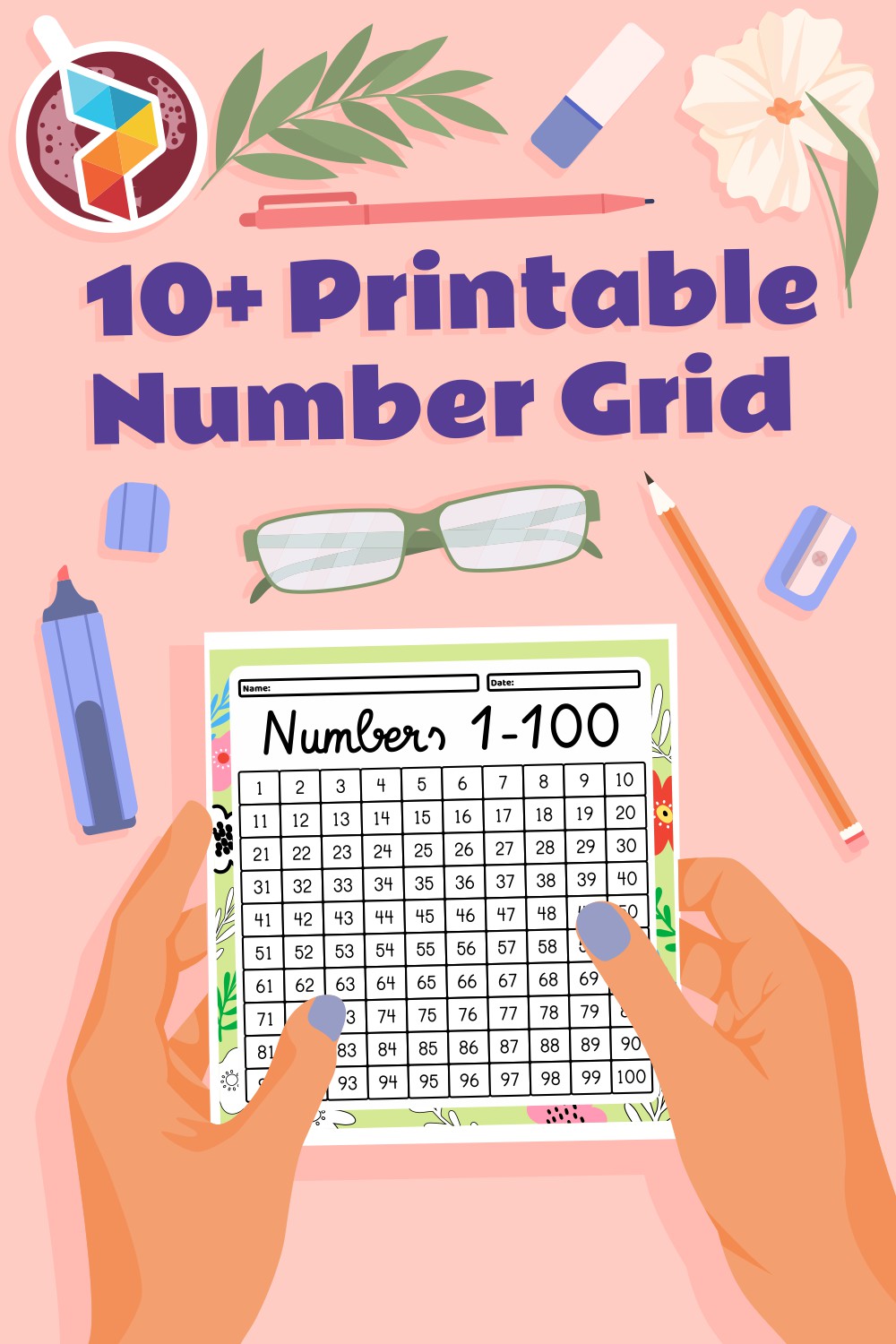
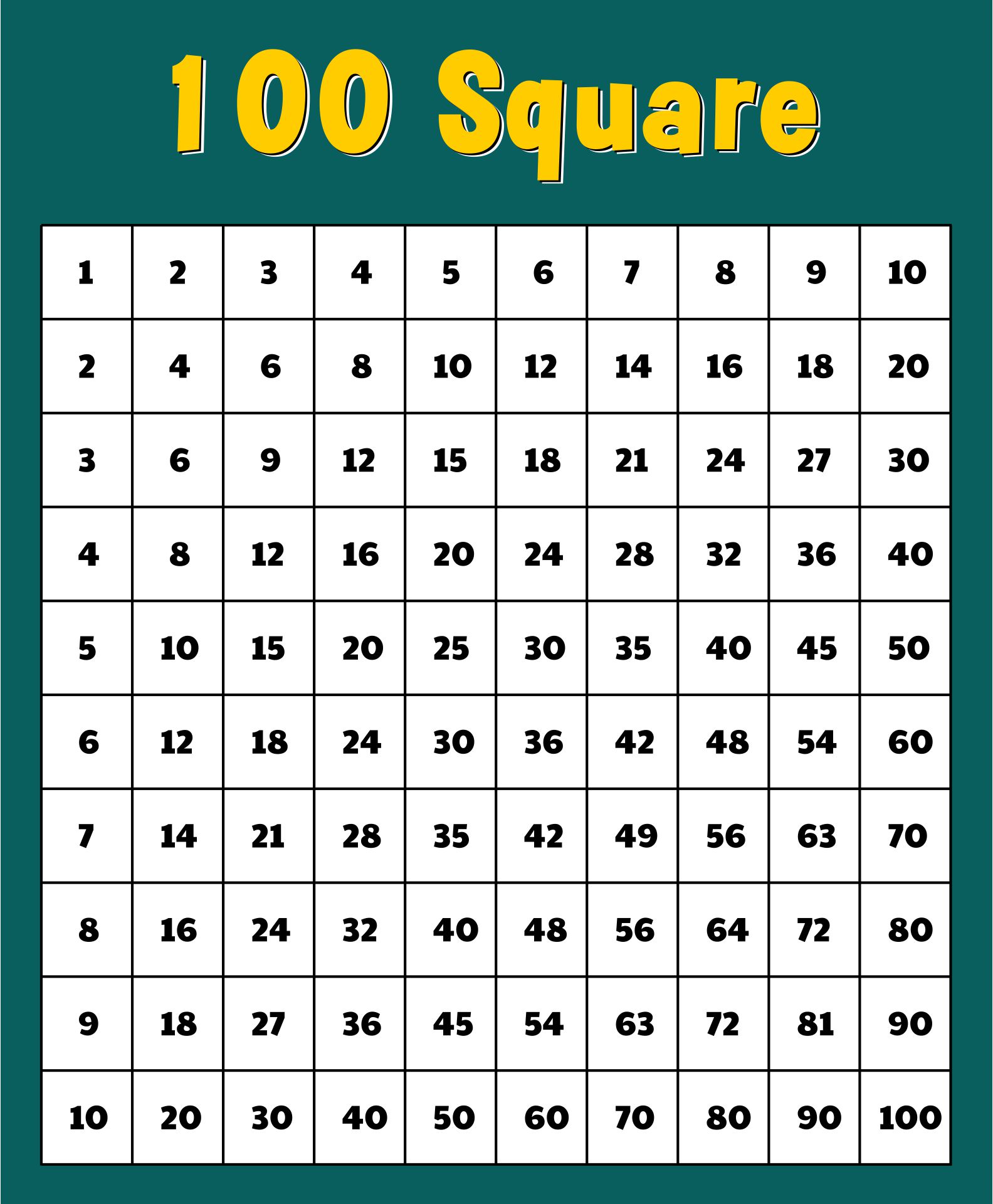
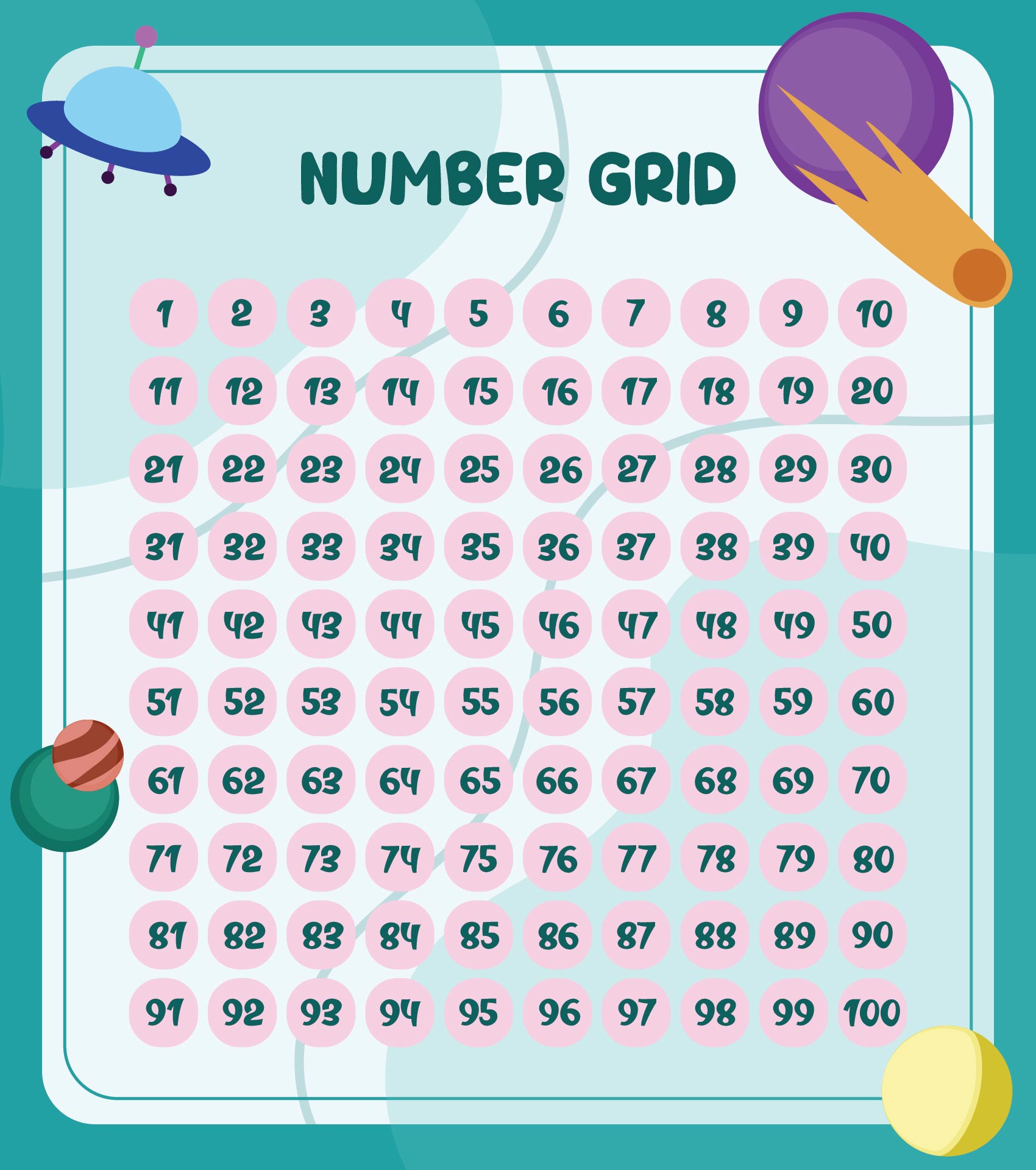
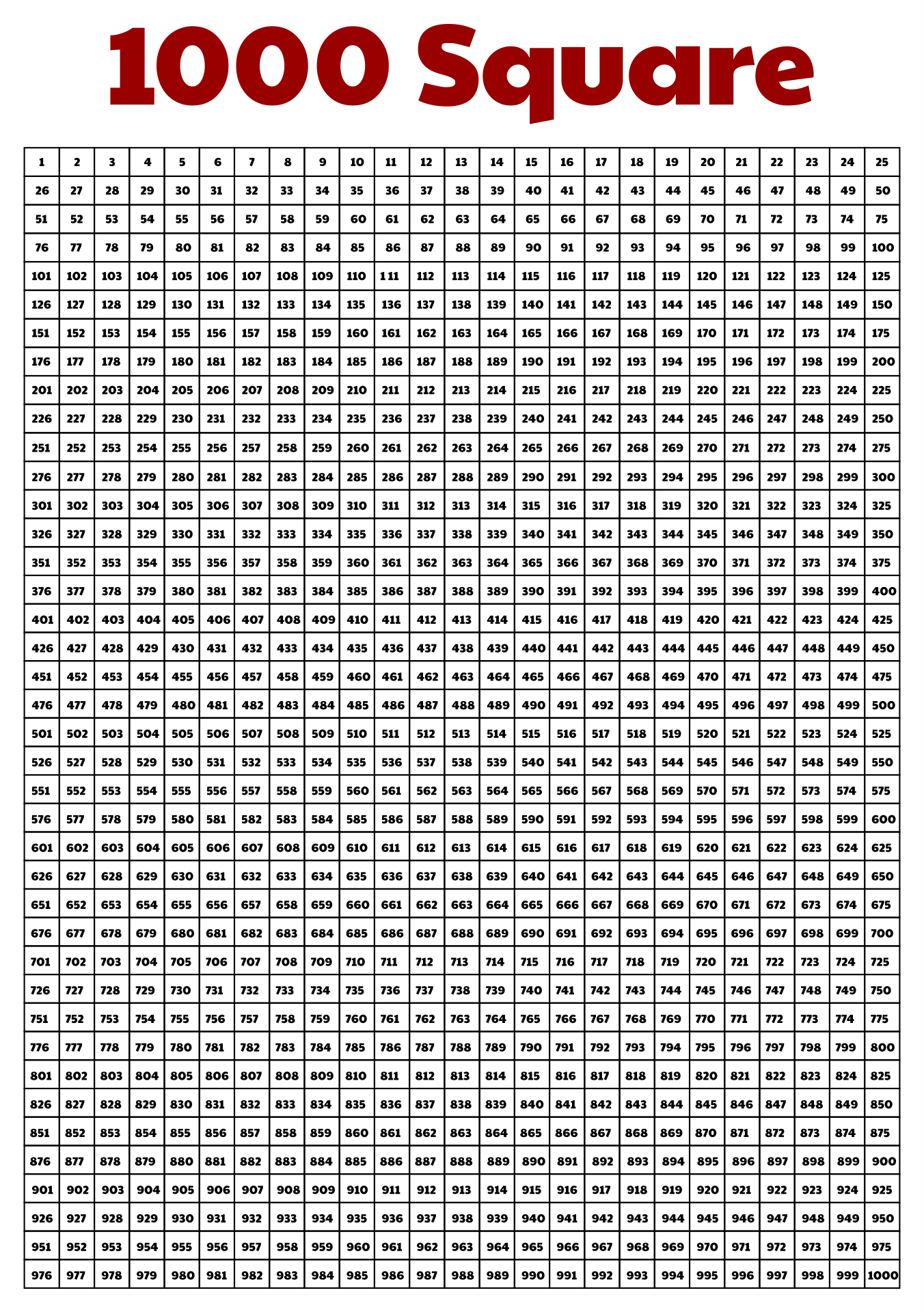
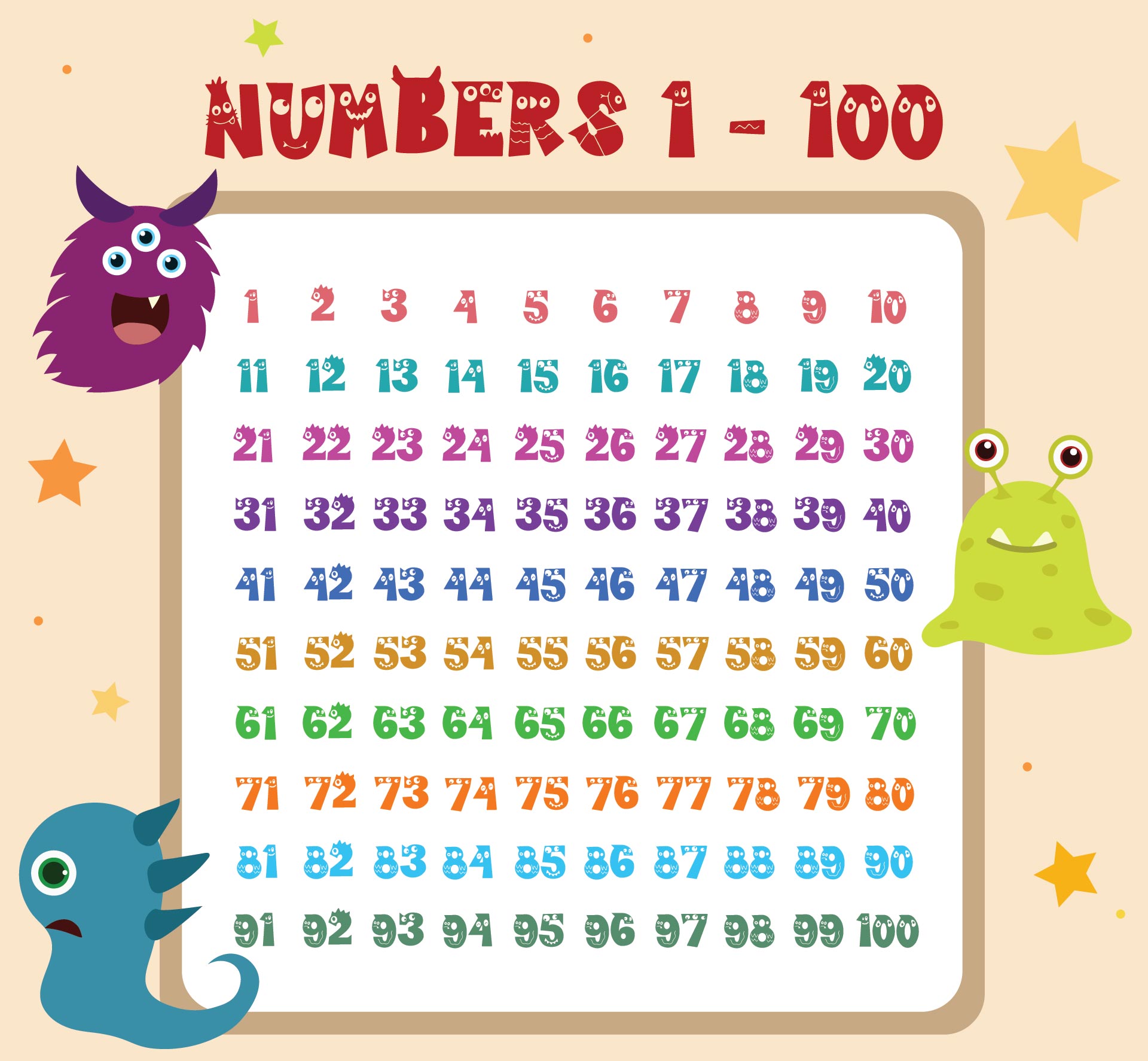
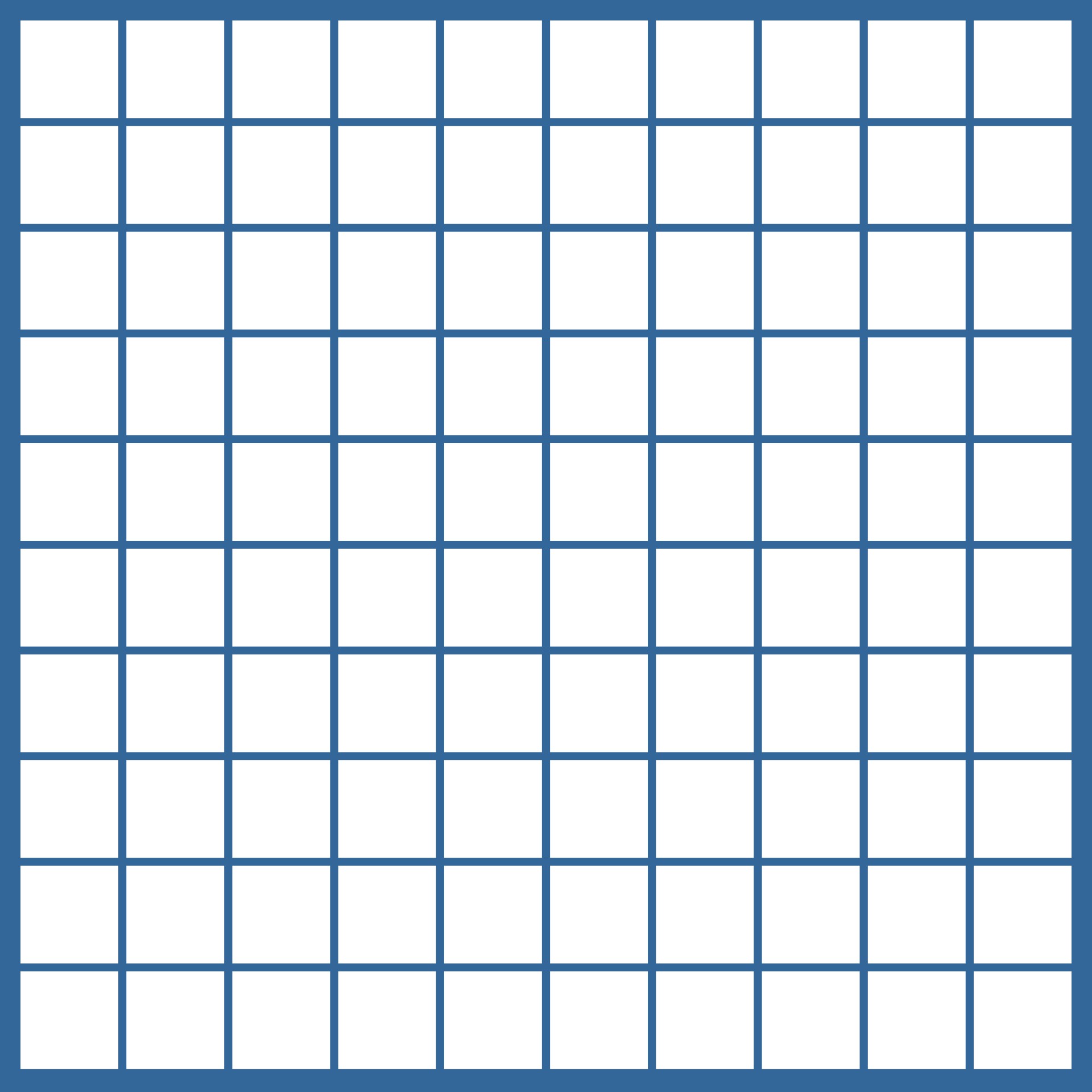
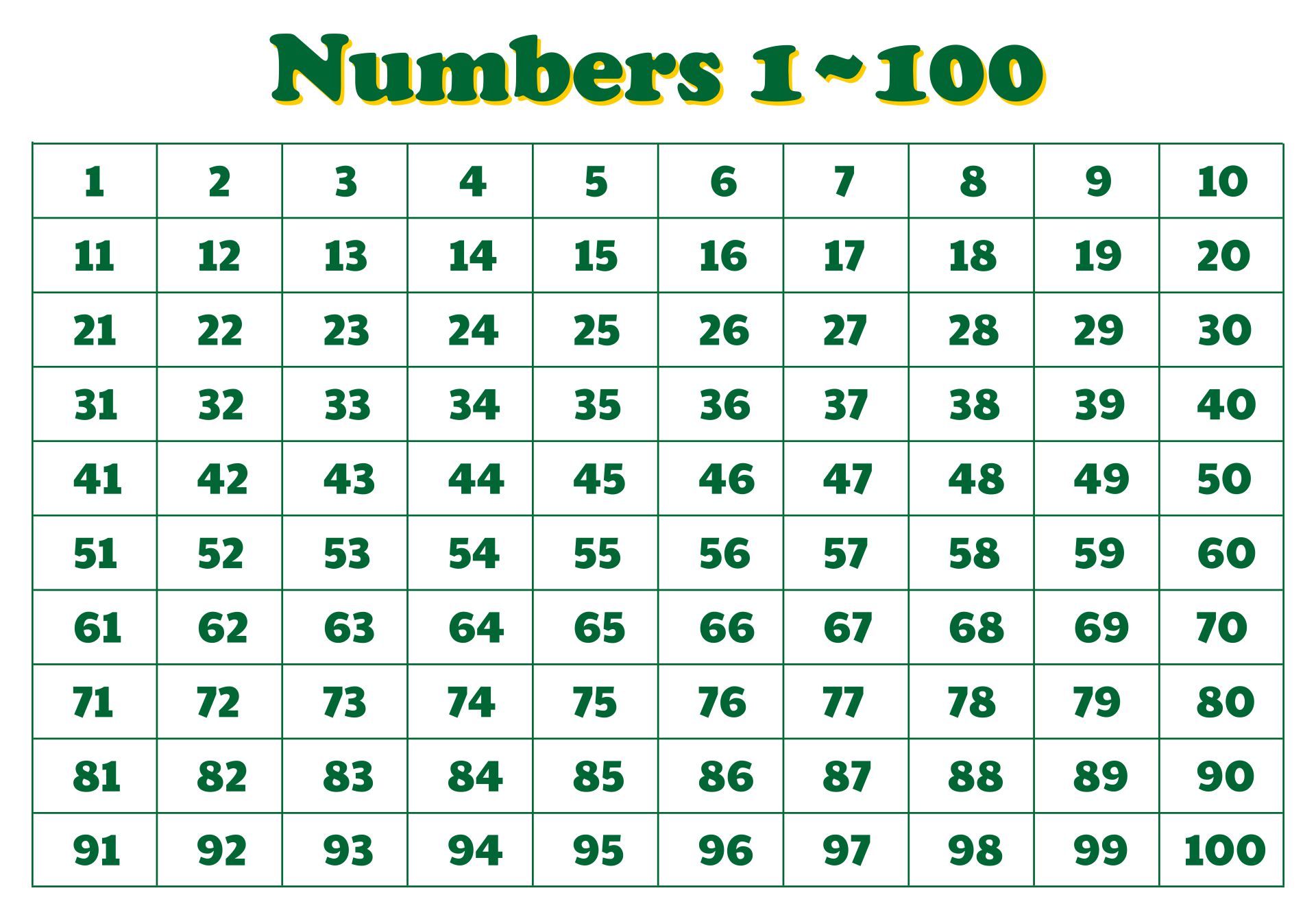
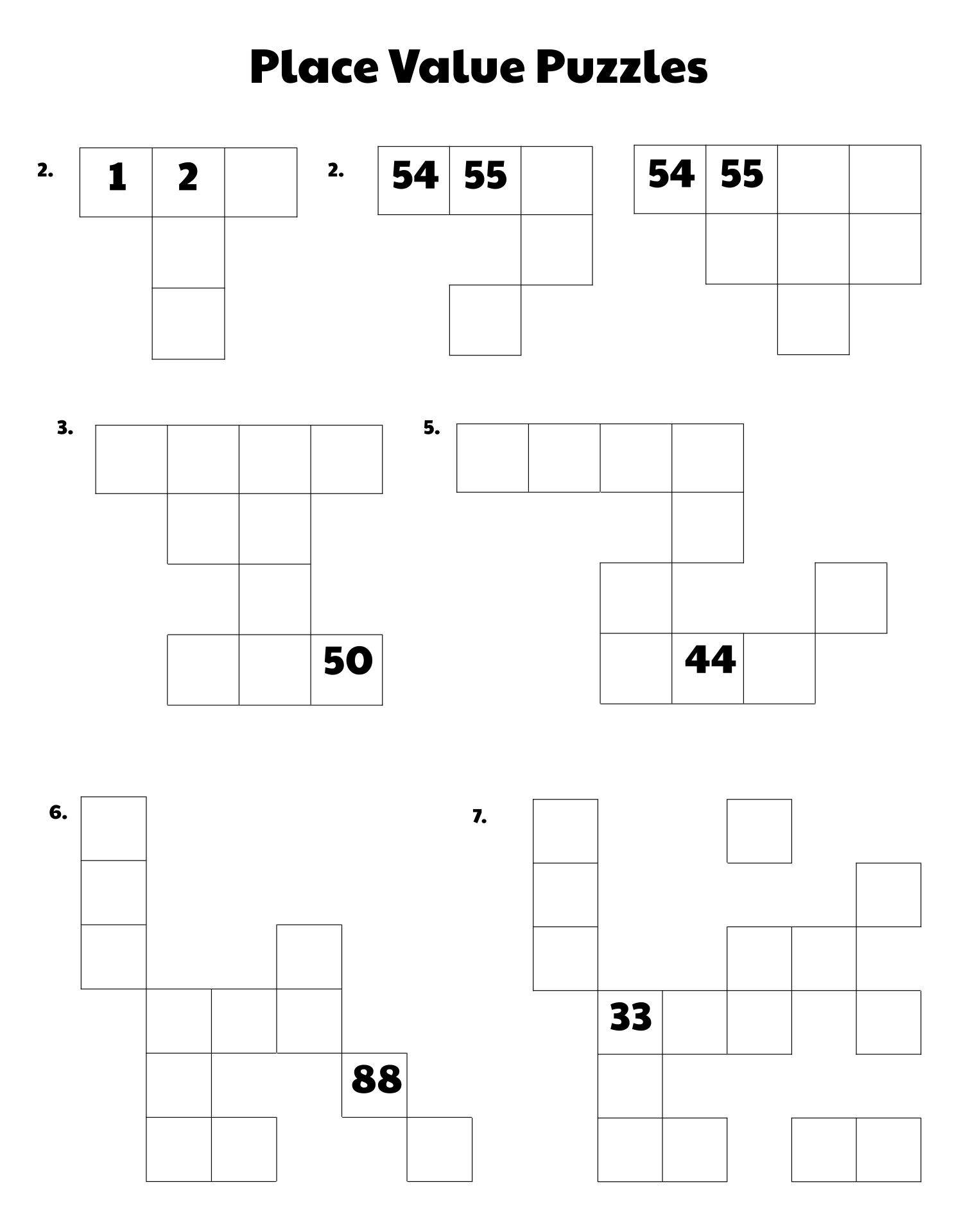
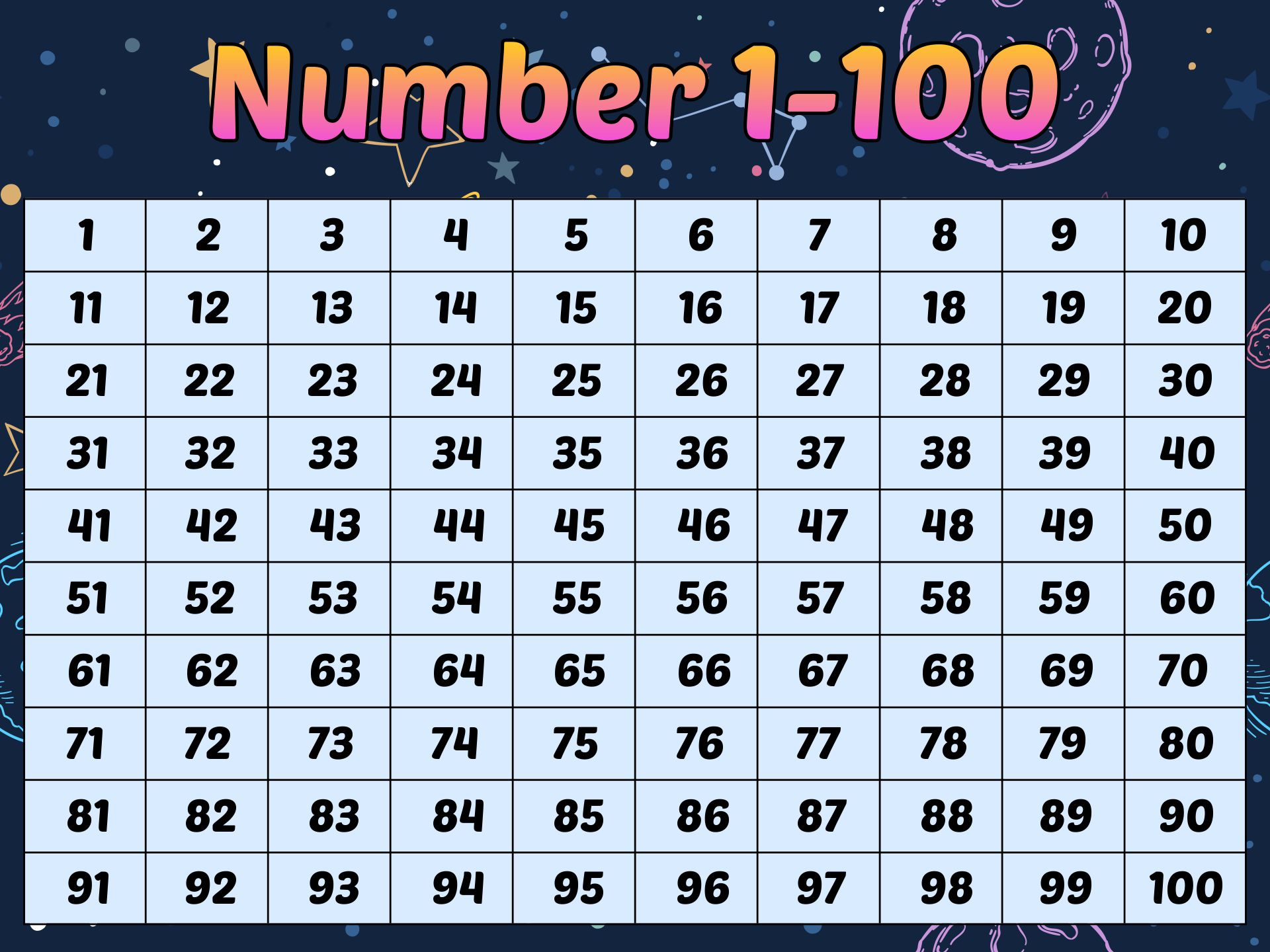
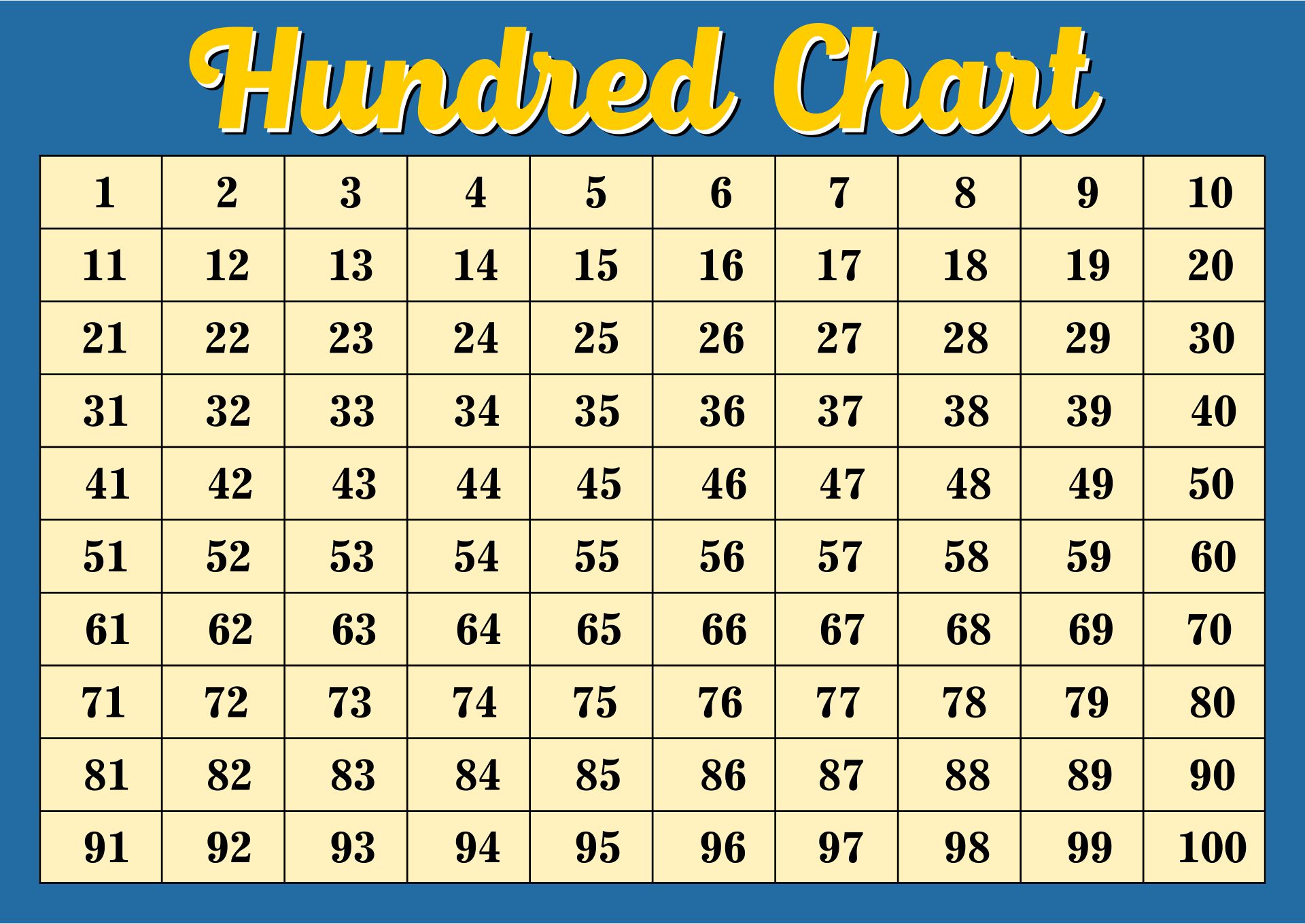
Encourage students to interact and actively explore 100 number grids. Give students the chance to physically manipulate the grids, color-code the numbers, or use manipulatives to draw attention to patterns through hands-on activities. This multisensory strategy improves comprehension and engagement.
By giving your student's group projects that require them to examine number grid patterns collectively, you can encourage cooperative problem-solving. Encourage strategy sharing, debates, and discussions. Communication abilities, teamwork, and the sharing of various viewpoints are all encouraged by collaborative learning.
Make applications for digital resources and interactive tools to improve the educational process. Online number grid simulations or apps can give students more chances to investigate number patterns, work out puzzles, and hone their skills in an exciting and engaging way.
Draw attention to the usefulness of number grids in everyday life. Talk about how there are patterns of numbers in nature, sports scores, and calendars. Making the connection between abstract mathematical ideas and practical applications helps students relate to and find meaning in what they are learning.
Number grids are powerful tools in upper elementary math classrooms that promote deep learning, critical thinking, and problem-solving. Educators can help students develop number sense, explore patterns, reinforce multiplication and division concepts, introduce prime and composite numbers, solve puzzles, and support data analysis by utilizing the potential of number grids.
Educators can create dynamic and engaging lessons that foster mathematical fluency and empower students to become confident problem solvers by incorporating number grids into their teaching practices.
Have something to tell us?
Recent Comments
Printable number grids are incredibly useful tools for students and teachers alike, enabling them to practice and improve mathematical skills with ease, while promoting understanding of number patterns and relationships.
The printable number grid is a convenient tool to help individuals improve their math skills, as it provides a clear and organized layout for practicing number recognition, counting, and pattern finding.
This printable number grid is a helpful resource for practicing number recognition and patterns. Thank you for providing a simple yet effective tool!